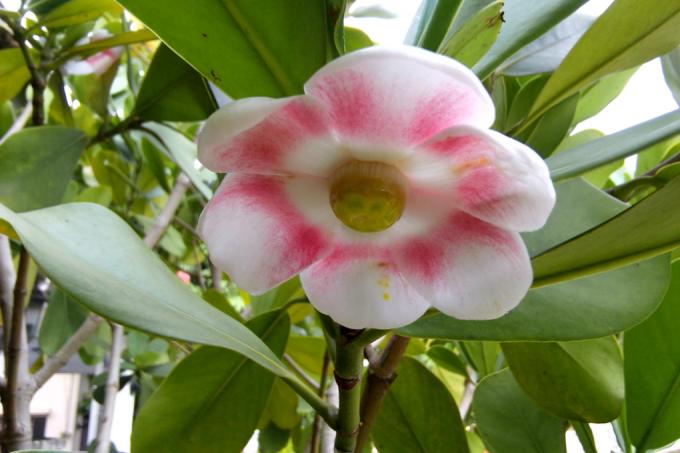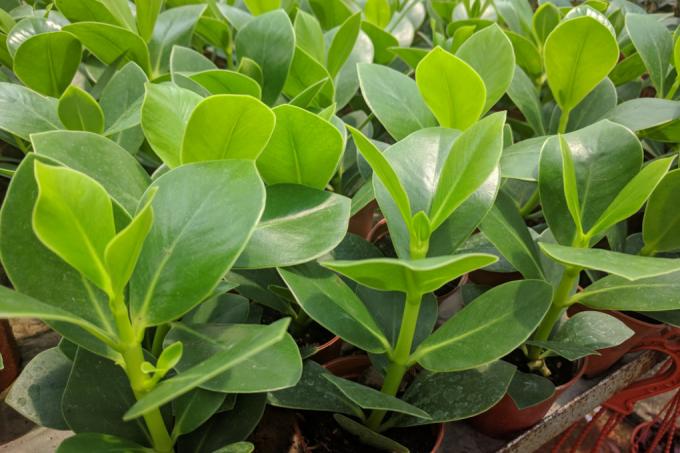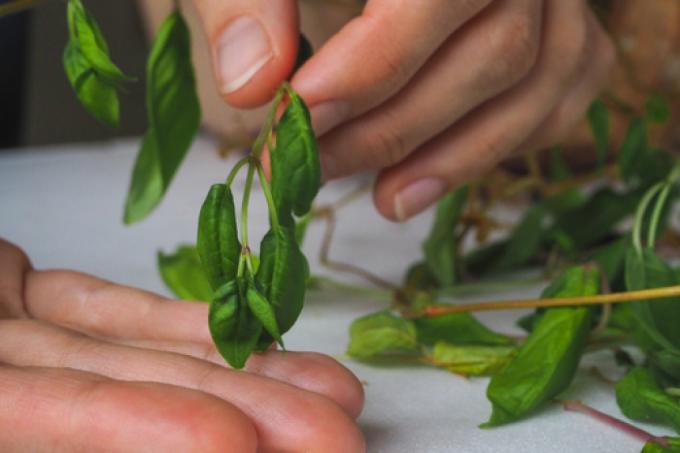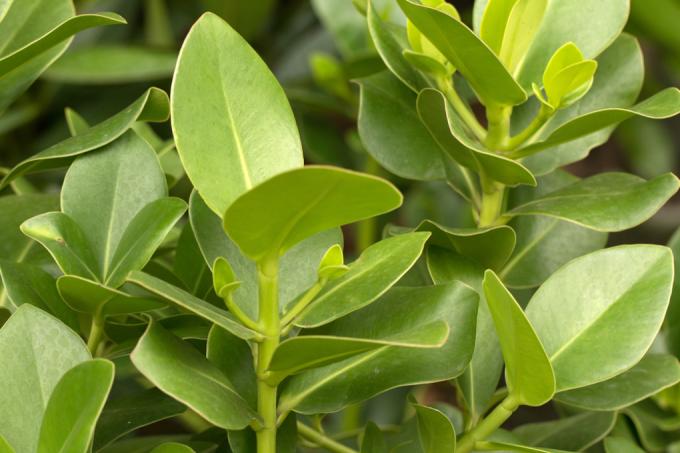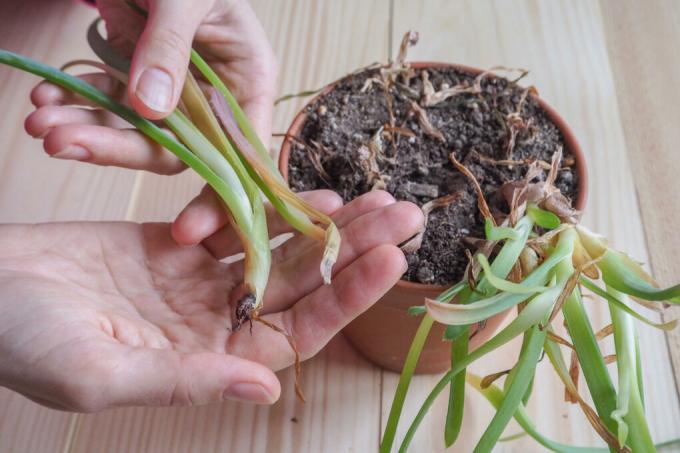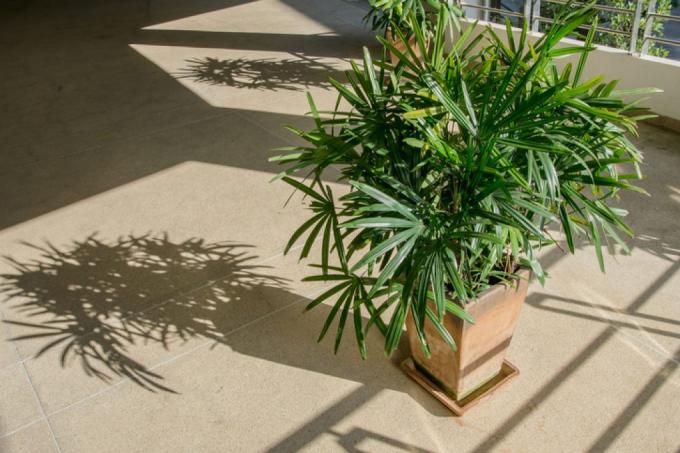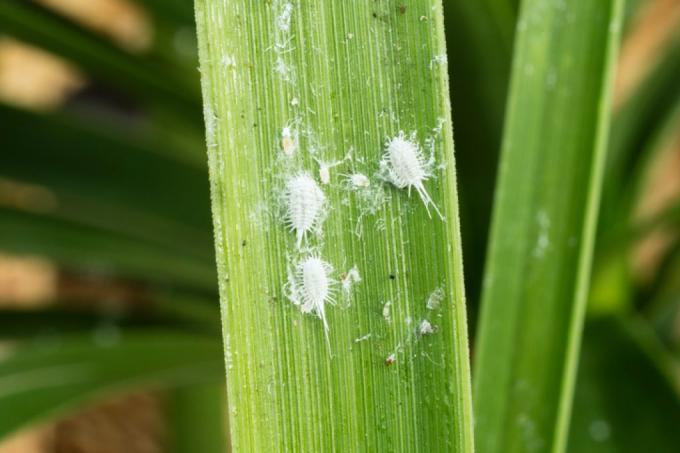AT A GLANCE
How to recognize and treat fungal infestation in Clusia?
If the Clusia is infested with fungus, yellow leaves that later turn brown and limp, squishy shoots can appear. To save the plant, diseased parts should be removed and the Clusia repotted in fresh substrate. You can prevent it with the right location, permeable soil and appropriate care.
Which fungal disease occurs in Clusia?
It's mostly the root rot, which can occur in Clusia. Other special Diseases in Houseplants can occur, does not exist with the Clusia. As a houseplant, it is therefore relatively insensitive and robust to diseases.
also read
How do you recognize a fungal attack on the Clusia?
The fungal attack on the Clusia can multiple symptoms be recognized. These include, for example, yellow and later brown discolored leaves. The shoots become limp and mushy. Also, the balsam apple won't blossoms form and the soil will secrete a musty odor over time.
How to get rid of the fungus on the clusia?
Diseased parts of the Clusia should be removed as soon as possible
removed become. After that, repotting the plant is crucial. The roots stick in a wet soil populated by fungi. The old soil is therefore disposed of and a new substrate is put into the previously cleaned pot. With luck, the Clusia will recover.What factors favor fungal infestation in Clusia?
Especially too much wetness promotes the development of a fungal disease in Clusia. Although she likes high humidity and being sprayed, she does not like persistent wetness in the root area. Too heavy and frequent watering can quickly lead to wet roots. If there is also a cachepot and this wetness is not recognized, the risk of fungal infestation increases.
How can you prevent a fungal attack on the Clusia?
Both a fitting Location, a permeable Earth and the right one Care are crucial to prevent fungal attack on Clusia.
When planting in a pot, choose a good substrate and mix it with some sand or special soil for succulents. The plant pot should have drainage holes so that excess water can drain away.
These points are also important to prevent fungal infestation:
- use low-lime water for watering
- water only when the surface of the soil has dried
- Location not in direct sun
- room temperature
- fertilize every 14 days
What is important when removing diseased parts of the Clusia plant?
Since the Clusia poisonous and its plant sap can cause skin irritation, you should remove diseased parts of the plant to be on the safe side Gloves such as gardening gloves or rubber gloves. Discard the diseased leaves and roots of the Clusia immediately, because children and pets also like cats run the risk of coming into contact with them.
Tip
Discolored leaves do not always indicate fungal disease
If the leaves of your Clusia are yellow or brown, it does not always have to be a fungal infection. The leaves can also discolour from too much sunlight. It's kind of like a sunburn. Then place your Clusia in a sunny spot.

